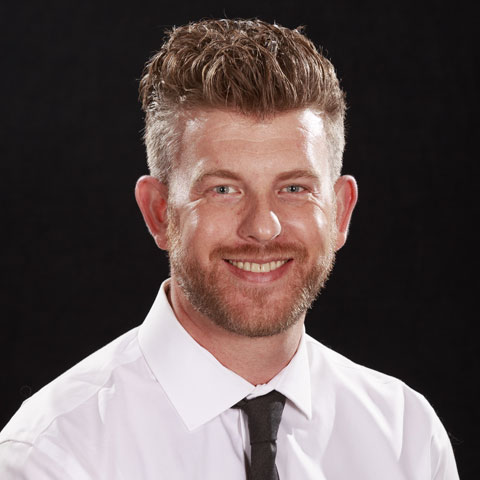New Study Highlights Need For Expanded Application Of Prism Adaptation Treatment For Spatial Neglect
Prism adaptation treatment may be beneficial for treating right-sided as well as left-sided spatial neglect

Center for Stroke Rehabilitation at Kessler
Foundation.
East Hanover, NJ - May 31, 2023. A team of rehabilitation researchers discovered that prism adaptation therapy (PAT) was as beneficial for treating right-sided spatial neglect as left-sided spatial neglect in a cohort of individuals with stroke and traumatic and non-traumatic brain injuries. These novel findings and their clinical implications were reported in, “Prism adaptation treatment for right-sided and left-sided spatial neglect: A retrospective case-matched study,” (doi: 10.1016/j.arrct.2023.100263). The article was published open access on March 23, 2023, by the Archives of Rehabilitation Research and Clinical Translation. The authors are Timothy J. Rich, PhD, OTR/L, Marinos Pylarinos, Devan Parrott, PhD, and Peii Chen, PhD.
Spatial neglect, a disorder of spatial cognition commonly experienced by individuals with acquired- or traumatic-brain injury, increases the risks for prolonged hospitalization, injuries, poor motor recovery, and discharge to long-term care facilities. Left-sided spatial neglect is well recognized and known to respond to prism adaptation treatment (PAT). However, little is known about PAT’s effectiveness for individuals with right-sided spatial neglect.
Using a clinical dataset from an implementation project, researchers performed a retrospective case-matched study, analyzing data for 4,256 patients collected from 16 inpatient rehabilitation facilities across the United States from April 2016 to December 2020. The Kessler Foundation Neglect Assessment Process (KF-NAP®) and the Functional Independence Measure (FIM) were used to assess the impact of PAT (Kessler Foundation Prism Adaptation Treatment/KF-PAT®) on spatial neglect and general functional performance, respectively. Of the 59 pairs matched 1:1 for right-sided and left-sided neglect based on neglect severity, number of PAT sessions (minimum of three sessions), overall function at admission, and age, complete data were analyzed for 36 matched pairs.
“We found no significant differences in FIM gain between matched pairs,” said lead author Dr. Rich, associate research scientist in the Center for Stroke Rehabilitation Research at Kessler Foundation. “This suggests that after three or more sessions of PAT, patients with right-sided neglect experience improvements similar to those with left-sided neglect in general functional independence. In fact, comparing KF-NAP scores showed that patients with right-sided neglect achieved greater improvement in neglect symptoms after PAT,” he added, “indicating that they might derive even greater benefit from this intervention than those with left-sided neglect.”
The study acknowledges certain limitations, such as the lack of controlled conditions inherent in the use of clinical data, possible variance in the way PAT was conducted among clinicians, and lack of neuroimaging or detailed lesion data. Despite these limitations, this study supports the potential benefits of PAT as an intervention for patients with right-sided spatial neglect. Further research is warranted to confirm these findings through a prospective, randomized controlled design.
Learn more about the clinical tools developed for the assessment and treatment of spatial neglect at Kessler Foundation Learning Center (kflearn.org).
For more information on ongoing stroke rehabilitation research at Kessler Foundation, visit Studies | Kessler Foundation.
For information on current research studies, visit Join Our Research Studies | Kessler Foundation.
Funding: Kessler Foundation, Wallerstein Foundation for Geriatric Improvement, and Charles and Ann Serraino Foundation.
About Kessler Foundation:
Kessler Foundation, a major nonprofit organization in the field of disability, is a global leader in rehabilitation research. Our scientists seek to improve cognition, mobility, and long-term outcomes, including employment, for adults and children with neurological and developmental disabilities of the brain and spinal cord including traumatic brain injury, spinal cord injury, stroke, multiple sclerosis, and autism. Kessler Foundation also leads the nation in funding innovative programs that expand opportunities for employment for people with disabilities.